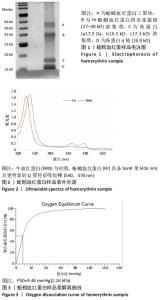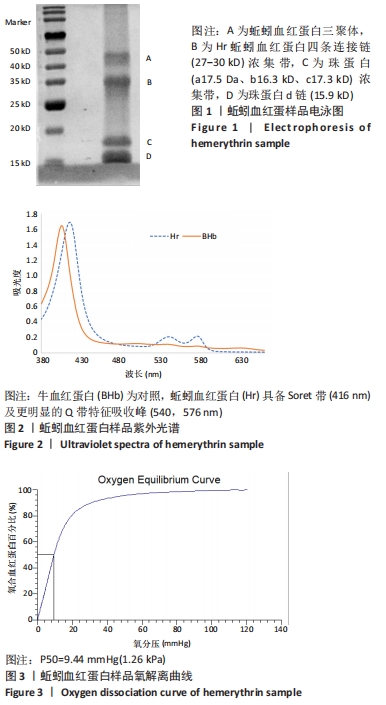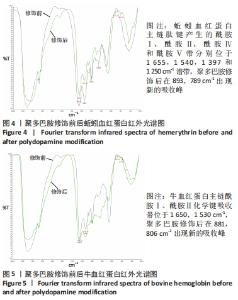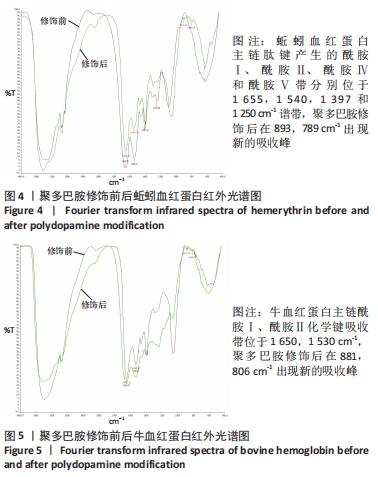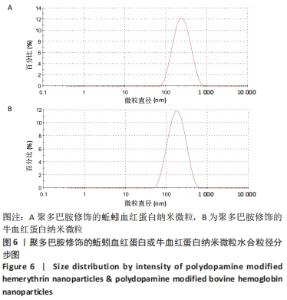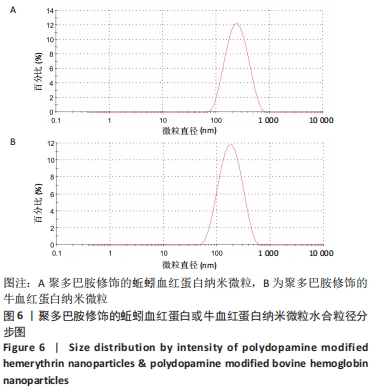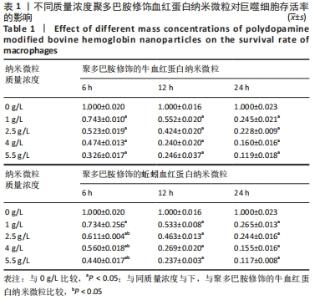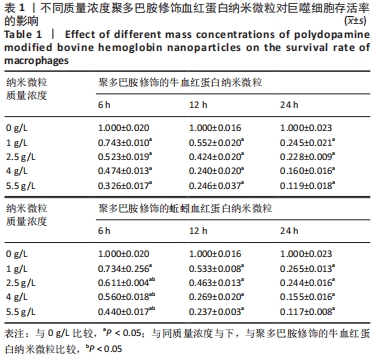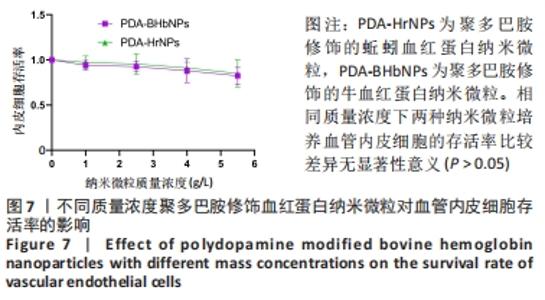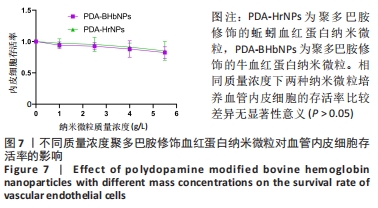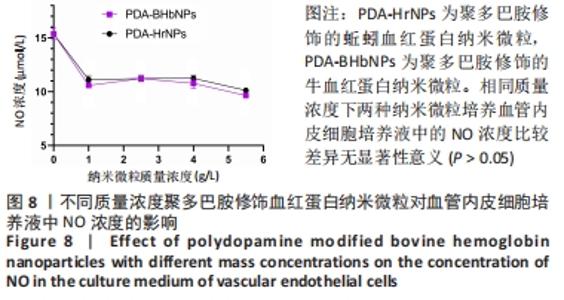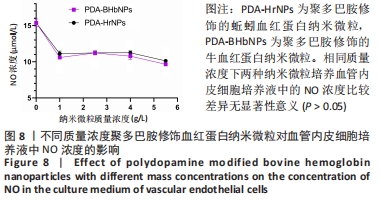[1] 杜鹏飞,樊毫军,赵会民,等.我国紧急输血的可及性与便利性调查[J].中国输血杂志,2021,34(7):738-742.
[2] 古晓鸽,李建斌,能利萍,等.特大城市跨地域血液调剂现状与策略分析——以郑州市为例[J].中国输血杂志,2019,32(4):362-365.
[3] 陈江天,潘凌凌,徐健,等.杭州市采供血与临床用血需求情况比较分析[J].中国输血杂志,2017,30(7):757-759.
[4] HU P, KANG J, LI Y, et al. Emergency response to COVID-19 epidemic: One Chinese blood centre’s experience. Transfus Med. 2021;31(3):155-159.
[5] CHEN J, OU-YANG J, XIE G, et al. Problems and challenges: development of blood transfusion services in Mainland China within the context of health-care system reform. Transfus Med. 2019;29:253-261.
[6] YU X, WANG ZX, SHEN YB, et al. Population-based projections of blood supply and demand,China,2017-2036. Bull World Health Organ. 2020; 98:10-18.
[7] SEN GUPTA A. Hemoglobin-based oxygen carriers: current state-of-the-art and novel molecules. Shock. 2019;52(1S Suppl 1):70-83.
[8] COLL-SATUE C, BISHNOI S, CHEN J, et al. Stepping stones to the future of haemoglobin-based blood products: clinical, preclinical and innovative examples. Biomater Sci. 2021;9(4):1135-1152.
[9] VAN HEMELRIJCK J, LEVIEN LJ, VEECKMAN L, et al. A safety and efficacy evaluation of hemoglobin-based oxygen carrier HBOC-201 in a randomized, multicenter red blood cell controlled trial in noncardiac surgery patients. Anesth Analg. 2014;119(4):766-776.
[10] ZUMBERG M, GORLIN J, GRIFFITHS EA, et al. A case study of 10 patients administered HBOC-201 in high doses over a prolonged period: outcomes during severe anemia when transfusion is not an option. Transfusion. 2020;60(5):932-939.
[11] JAHR JS, GUINN NR, LOWERY DR, et al. Blood Substitutes and Oxygen Therapeutics: A Review. Anesth Analg. 2021;132(1):119-129.
[12] TAVERNE YJ, DE WIJS-MEIJLER D, TE LINTEL HEKKERT M, et al. Normalization of hemoglobin-based oxygen carrier-201 induced vasoconstriction: targeting nitric oxide and endothelin. J Appl Physiol (1985). 2017;122(5):1227-1237.
[13] DUBÉ GP, PITMAN AN, MACKENZIE CF. Relative efficacies of HBOC-201 and polyheme to increase oxygen transport compared to blood and crystalloids. Shock. 2019;52(1S Suppl 1):100-107.
[14] JANI VP, JELVANI A, MOGES S, et al. Polyethylene glycol camouflaged earthworm hemoglobin. PLoS One. 2017;12(1):e0170041.
[15] 杨康,赵会民.血红蛋白氧载体的研究目标及新进展[J].中国组织工程研究,2020,24(20):3263-3268.
[16] 吴忠平.壳聚糖的改性研究及其包埋蚯蚓血红蛋白纳米微粒的制备[D].广州:暨南大学,2006.
[17] 赵会民,张剑锋,杨康,等.一种蚯蚓血红蛋白分离及纯化方法[P].广西壮族自治区:CN113087787A,2021-07-09.
[18] 荣龙,余春红,逄冠翔.一种提取蚯蚓血红蛋白的方法[P].北京市: CN113024664A,2021-06-25.
[19] ZIMMERMAN D, DIIUSTO M, DIENES J, et al. Direct comparison of oligochaete erythrocruorins as potential blood substitutes. Bioeng Transl Med. 2017;2(2):212-221.
[20] SAVLA C, MUNO C, HICKEY R, et al. Purification of lumbricus terrestris mega-hemoglobin for diverse oxygen therapeutic applications. ACS Biomater Sci Eng. 2020;6(9):4957-4968.
[21] TIMM B, ABDULMALIK O, CHAKRABARTI A, et al. Purification of Lumbricus terrestris erythrocruorin (LtEc) with anion exchange chromatography. J Chromatogr B Analyt Technol Biomed Life Sci. 2020; 1150:122162.
[22] RAJESH A, ZIMMERMAN D, SPIVACK KYLE, et al. Glutaraldehyde cross-linking increases the stability of lumbricus terrestris erythrocruorin. Biotechnol Prog. 2018;34(2):521-528.
[23] SPIVACK K, TUCKER M, ZIMMERMAN D, et al. Increasing the stability of Lumbricus terrestris erythrocruorin via poly(acrylic acid) conjugation. Artif Cells Nanomed Biotechnol. 2018;46(sup2):1137-1144.
[24] LYNGE ME, SCHATTLING P, STÄDLER B. Recent developments in poly(dopamine)-based coatings for biomedical applications. Nanomedicine(Lond). 2015;10(17):2725-2742.
[25] 王权.聚多巴胺表面修饰减轻血红蛋白氧载体氧化毒性的作用研究[D].北京:军事科学院,2018.
[26] JIANG W, BIAN Y, WANG Z, et al. Hepatoprotective effects of Poly-[hemoglobin-superoxide dismutase-catalase-carbonic anhydrase] on alcohol-damaged primary rat hepatocyte culture in vitro. Artif Cells Nanomed Biotechnol. 2017;45(1):46-50.
[27] YE C, VENKATRAMAN S. The long-term delivery of proteins and peptides using micro/nanoparticles: overview and perspectives. Ther Deliv. 2019;10(5):269-272.
[28] HALDAR R, GUPTA D, CHITRANSHI S, et al. Artificial blood: a futuristic dimension of modern day transfusion sciences. Cardiovasc Hematol Agents Med Chem. 2019;17(1):11-16.
[29] HAINFELD JF, RIDWAN SM, STANISHEVSKIY Y, et al. Small, long blood half-life iodine nanoparticle for vascular and tumor imaging. Sci Rep. 2018;8(1):13803.
[30] WANG Q, ZHANG R, YOU G, et al. Influence of polydopamine-mediated surface modification on oxygen-release capacity of haemoglobin-based oxygen carriers. Artif Cells Nanomed Biotechnol. 2018;46(sup2):484-492.
[31] XIONG Y, LIU ZZ, GEORGIEVA R, et al. Nonvasoconstrictive hemoglobin particles as oxygen carriers. ACS Nano. 2013;7(9):7454-7461.
[32] LIU X, JANSMAN MMT, THULSTRUP PW, et al. Low-fouling electrosprayed hmoglobin nanoparticles with antioxidant protection as promising oxygen carriers. Macromol Biosci. 2019;17:e1900293.
[33] TU J, BUSSMANN J, DU G, et al. Lipid bilayer-coated mesoporous silica nanoparticles carrying bovine hemoglobin towards an erythrocyte mimic. Int J Pharm. 2018;543(1-2):169-178.
[34] ELMER J, PALMER AF. Biophysical properties of lumbricus terrestris erythrocruorin and its potential use as a red blood cell substitute. J Funct Biomater. 2012;3(1):49-60.
|
